Do you want to use IPStack for website visitor tracking? If so, please continue reading this article for a detailed guide.
When you manage a blog or an online store, you will get hundreds or thousands of visitors daily. With a service like Google Analytics, you can understand which pages attract the most traffic and which are not performing well on the website.
But do you need a tool to give you more information on the website visitors?
If your answer is yes, keep reading this article. We will show you an IPStack platform that you can use to track your website visitors more accurately.
But before going further, let’s see what IPStack is and what it has to offer.
IPStack: An Introduction
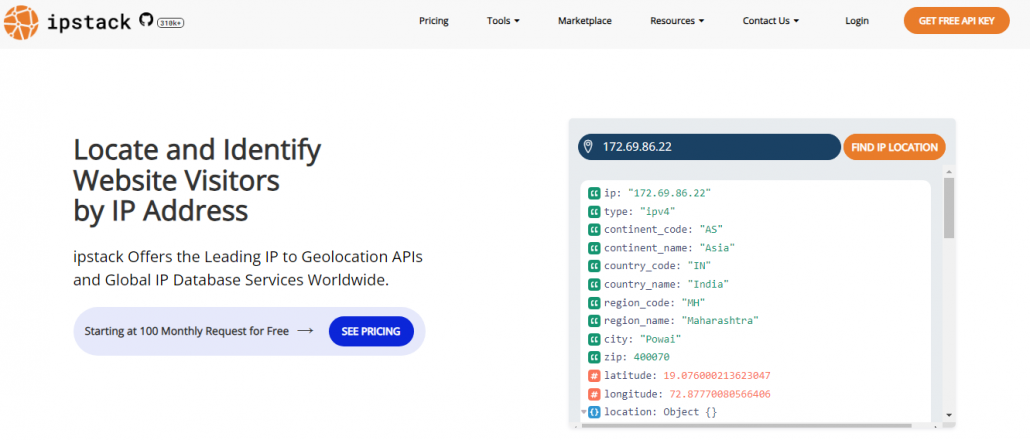
IPStack is not just another IP geolocation service; it is a comprehensive tool designed to give developers, businesses, and individuals the power to harness the full potential of IP address data.
With its roots in the community-funded project freegeoip.net, IPStack has evolved into a robust platform that caters to a wide range of users looking to enhance their digital interactions based on geographical data.
One of ipstack’s standout features is its capability to scale from handling 1,000 requests a month to over a million a day, making it suitable for both small projects and large enterprises.
This scalability is supported by an infrastructure that integrates with numerous Internet Service Providers (ISPs) worldwide, ensuring that the service remains updated with the latest IP range information.
Why You Should Track Website Visitors?
Understanding why you should track website visitors is crucial for enhancing your online presence and optimizing your business strategy. Here are several compelling reasons:
- Analyze Behavior: Understand what users do on your site for better content optimization.
- Improve UX: Fix issues that cause visitors to leave, enhancing their experience.
- Customize Experience: Deliver personalized content based on visitor data.
- Boost Conversions: Identify and rectify drop-off points in the sales process.
- Marketing Efficiency: Discover which campaigns drive the most traffic.
Now you know why tracking website visitors is a good idea. The next section will show you how to use the IPStack service for this task.
How to Use IPStack for Website Visitor Tracking?
The first step is to get an IPStack subscription. The pricing page lists all the available subscriptions.

- Free – $0 (forever)
- Basic – $11.99 a month
- Professional – $52.99 a month
- Professional Plus – $84.99 a month
- Custom – depends on your requirements
You can choose a plan based on your requirements. For this tutorial, we will choose the free subscription version.
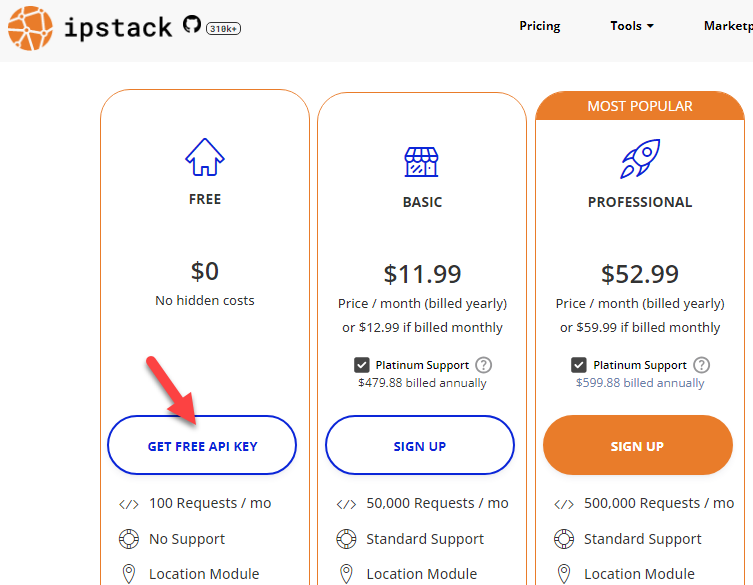
On the next page, you will see the registration process.

You can complete the registration by entering the details. After completing it, you can go to the dashboard.
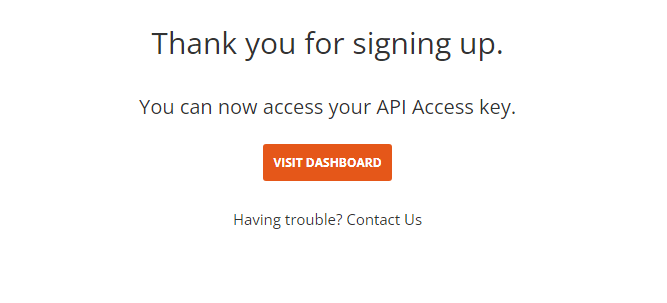
Now, you will see the API key there.
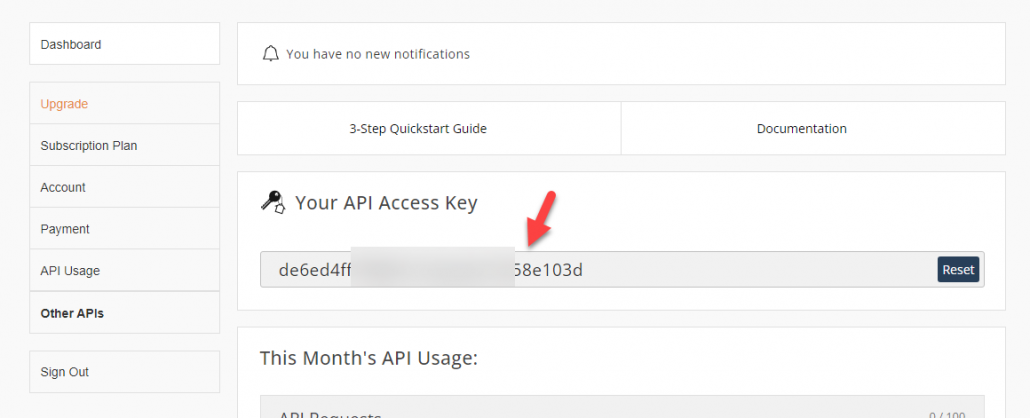
The API key is an important factor. Next, install an IP detection plugin on your website. Here, we will use Geolocation IP Detection.

Install and activate this plugin on your website.
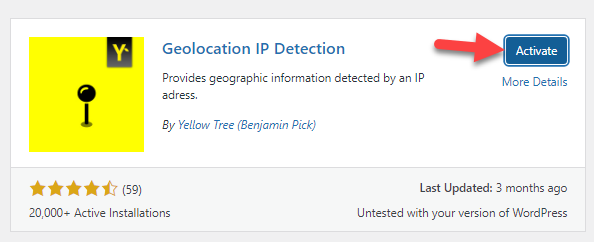
After activation, you can see the plugin’s settings under the WordPress Tools.
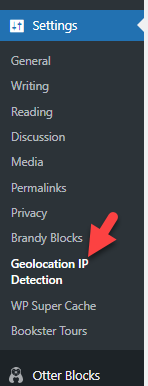
Next, choose IPStack as the data source.
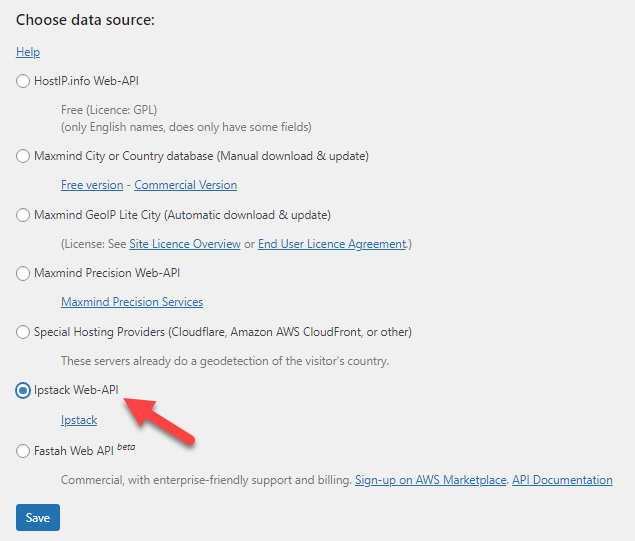
Now, you need to paste the API key and be ready.
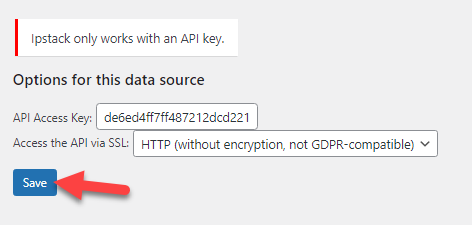
If you scroll down, you will see a few plugin settings, too.

You can configure these options based on your preferences. Once you are done with that, you can complete the process.
That’s it!
This is how you can use IPStack for website visitor tracking. From now on, all the data can be tracked via the IPStack dashboard. If you change the API key, you should also change the API key available in the plugin settings.
Frequently Asked Questions
Now, let’s see some frequently asked questions and answers regarding this topic.
Tracking website visitors allows you to understand user behavior, improve site navigation, personalize user experience, optimize conversion paths, evaluate marketing efforts, enhance security, and gain competitive insights.
Yes, but you must comply with privacy laws like GDPR or CCPA. You must always inform visitors about data collection through a privacy policy and obtain consent where required.
You can collect data on visitor geography, time spent on the site, pages visited, bounce rates, referrers, device types, and user interactions like downloads, clicks, or form submissions.
It helps by revealing trends in user behavior, allowing for better decision-making regarding product placement, marketing strategies, and content development. It can directly influence your bottom line by increasing conversions and customer satisfaction.
Indirectly, yes. You can optimize your site’s structure, content, and keywords for better search engine results by understanding what brings visitors to your site and what content they engage with.
Conclusion
While the benefits of visitor tracking are clear, it comes with the responsibility of respecting user privacy. Implementing ethical tracking practices ensures trust and compliance with legal standards.
As you navigate the analytics, remember that each visitor represents a potential customer, a loyal user, or a brand advocate. With the right tools and a thoughtful approach, tracking can transform your website from a static space into a dynamic platform that evolves with your audience’s needs.
As this article shows, IPStack is one of the best services for tracking websites. You can complete the integration with a simple, lightweight WordPress plugin.
Would you use any other website tracking tools or services?
Let us know in the comments.